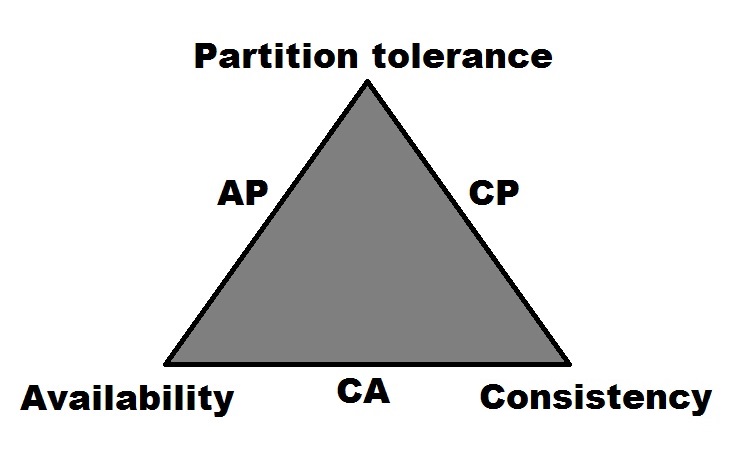REmote DIctionary Server (Redis) is an open source, key-value, single-threaded, in-memory data store that is commonly referred to as a data structure server.[9] It is capable of functioning as a NoSQL database, key/value store, a cache layer, and a message broker (among other things). Redis is known for its speed, as it can store complex data structures in memory, and serve them to multiple users or applications.
Redis was primarily designed to serve as an in-memory cache, intended to support atomic operations on a single server. It was written (in C) by Salvatore Sanfilippo, who used it to replace the MySQL instance running at his start-up. Clustering options are available (as of Redis 3.0) with the advent of Redis Cluster. It is important to note that in terms of distributed systems, these two configurations do behave differently:

A diagrammatic representation of the CAP theorem, using corners of a triangle to denote the design aspects of consistency, availability,...



